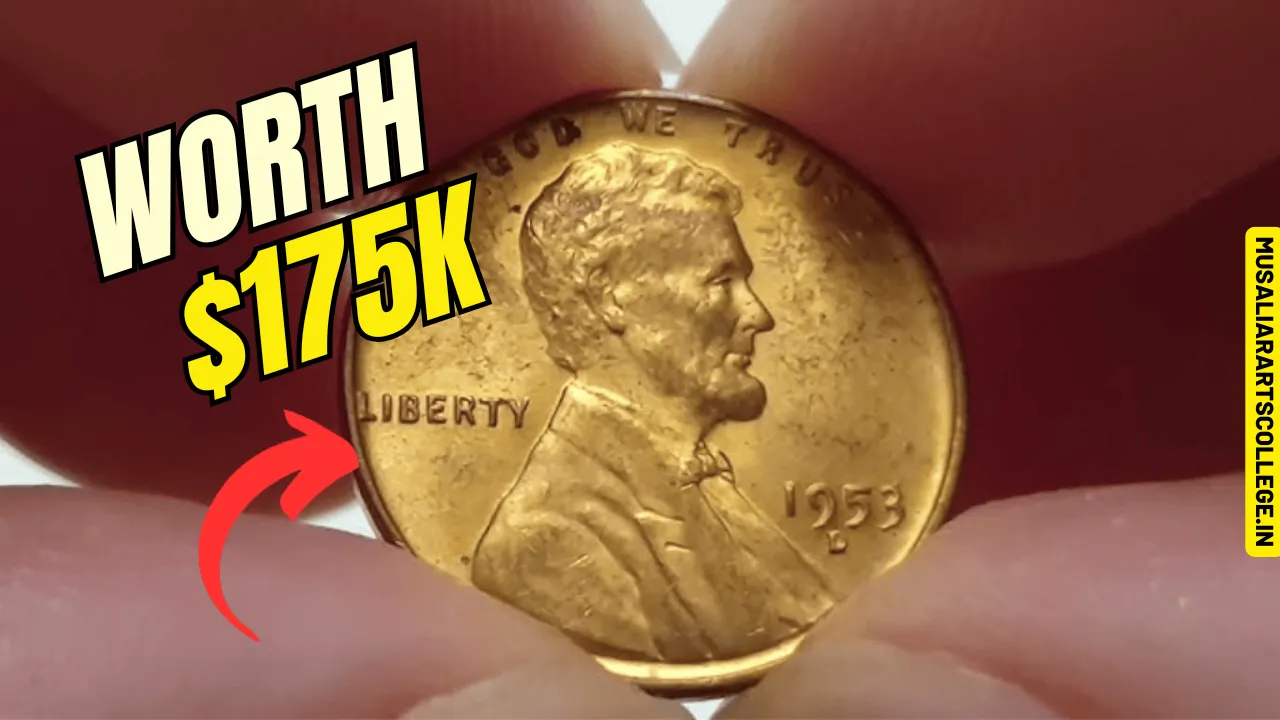Rare Bicentennial Quarter Could Be Worth $65 Million: The Bicentennial quarter is a coin that has fascinated collectors and history enthusiasts for decades. Issued in 1976 to celebrate America’s 200th anniversary, these coins feature a unique design of a Colonial drummer boy on the reverse side, accompanied by the dual dates “1776–1976.” While most Bicentennial quarters are worth their face value of 25 cents, a few rare versions stand out due to minting errors, high grades, and unique features. Some of these coins have fetched millions at auctions, making them a dream discovery for any collector.
This article explores the rare Bicentennial quarter valued at $65 million and other extraordinary coins, each with its own fascinating story and immense value. Let’s delve into these rare treasures and learn what makes them so valuable.
1. 1976-S Silver Proof Bicentennial Quarter
The 1976-S Silver Proof Bicentennial Quarter is one of the most iconic coins in this series. Struck at the San Francisco Mint, it contains 40% silver and features a pristine PR70 Deep Cameo grade, which indicates flawless condition with a stark contrast between frosted designs and a mirror-like background.
Why It’s Valuable
The combination of its high grade, silver content, and perfect finish makes this coin a collector’s favorite. Valued at $30 million, this proof coin is a standout piece in numismatic history.
2. 1976-D Bicentennial Quarter with Double Die Obverse
This error coin, minted in Denver, features a double die obverse, where the text and design elements are visibly doubled due to a minting mistake. With a near-perfect MS69 grade, this quarter combines rarity with exceptional condition.
Why It’s Valuable
The rarity of a double die error, especially on a Bicentennial quarter, makes this coin incredibly desirable. Its estimated value of $28 million reflects the high demand for error coins in excellent condition.
3. 1976-P Bicentennial Quarter Struck on a Gold Planchet
One of the most unusual Bicentennial quarters, this coin was accidentally struck on a gold planchet instead of the standard copper-nickel alloy. Graded MS68, this coin is a unique piece of minting history.
Why It’s Valuable
The combination of a rare material and a high grade makes this coin a true collector’s treasure. Valued at $27 million, it is one of the most distinctive and valuable Bicentennial quarters ever minted.
4. 1976-S Silver Uncirculated Bicentennial Quarter
This uncirculated version, also minted in San Francisco, is made of 40% silver. Graded MS70, it boasts a perfect condition that enhances its appeal to collectors.
Why It’s Valuable
The silver content and flawless grade make this coin worth $26 million, setting it apart from other Bicentennial quarters.
5. 1976-D Off-Center Strike Bicentennial Quarter
An off-center strike occurs when the coin blank is misaligned during minting, resulting in a portion of the design being cut off. This Denver-minted coin, graded MS67, is an exceptional example of this error.
Why It’s Valuable
Off-center strikes are rare, and their value increases significantly when the coin is in high-grade condition. This unique error coin is estimated to be worth $25 million.
Factors That Make Coins Valuable
Several factors contribute to the astronomical values of rare Bicentennial quarters:
- Rarity
Coins with limited production or unique features are highly sought after by collectors. - Condition
Coins in pristine condition with minimal wear command higher prices. Grading systems like MS (Mint State) and PR (Proof) play a significant role in determining value. - Historical Significance
Bicentennial quarters commemorate a key moment in U.S. history, adding to their desirability. - Minting Errors
Flaws like double dies, off-center strikes, and planchet errors transform ordinary coins into unique treasures. - Composition
Coins containing precious metals like silver or gold are naturally more valuable.
How to Identify Valuable Bicentennial Quarters
If you’re curious about whether you own a valuable Bicentennial quarter, here’s what to look for:
- Mint Marks: Check for an “S” (San Francisco), “D” (Denver), or no mint mark (Philadelphia).
- Material: Determine if the coin is made of silver (40%) or the standard copper-nickel alloy.
- Errors: Look for minting errors like doubled dies, off-center strikes, or unusual planchet materials.
- Condition: Coins in Mint State (MS) or Proof (PR) grades are worth significantly more.
FAQs About Rare Bicentennial Quarters
- What makes the 1976-S Silver Proof Quarter so valuable?
Its perfect PR70 grade, mirror-like finish, and 40% silver content make it highly coveted. - What is a double die obverse error?
A double die obverse occurs when a coin’s design is struck twice, creating a visible doubling of text or images. - Why is the gold planchet error significant?
Striking a quarter on a gold planchet is an extremely rare mistake, making this coin a one-of-a-kind treasure. - How much silver is in the 1976-S Bicentennial Quarter?
These quarters contain 40% silver, enhancing their value over standard copper-nickel versions. - What is an off-center strike?
An off-center strike happens when the coin blank is misaligned during minting, causing part of the design to be cut off.
Final Thoughts: A Legacy of History and Value
The rare Bicentennial quarter is more than just a piece of currency—it’s a slice of American history and a work of art. From the 1976-S Silver Proof Quarter to the 1976-D Off-Center Strike, these coins demonstrate the significance of rarity, condition, and minting errors in numismatics.
Whether you’re a seasoned collector or a curious beginner, understanding the value of these coins can turn a casual hobby into an exciting treasure hunt. So, keep an eye on your change—you never know when you might stumble upon a million-dollar piece of history!












